Around one million cells in our body die every second. Sounds strange doesn’t it?
We are talking about a scientific fact. But this is not something you should have a headache over, it is a natural process. It is quite the opposite, you would be worried if this wasn’t the case.
Still, removing dead cells is something you should practice, and you can do so with a method addressed as exfoliation.
Let us look at the most important elements of this method we should be aware of.
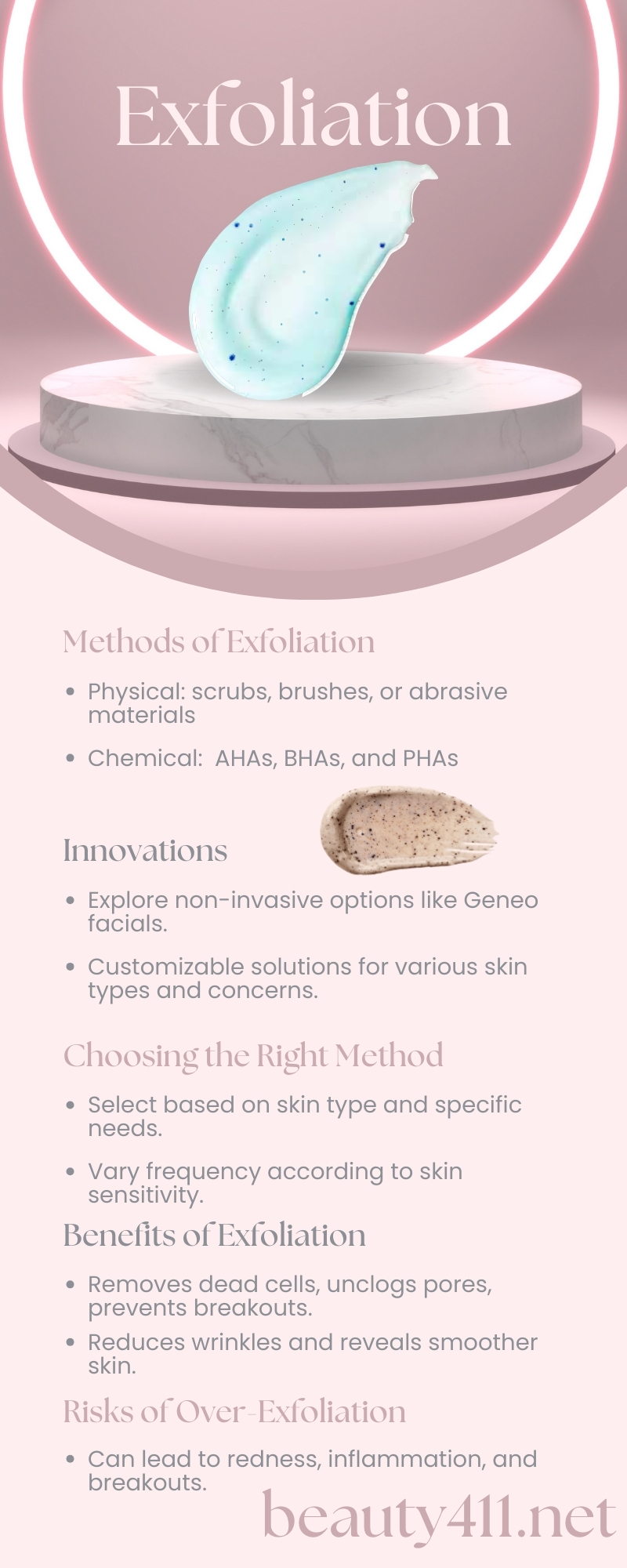
Methods of Exfoliation
Exfoliation can be achieved through two primary methods:
Physical Method
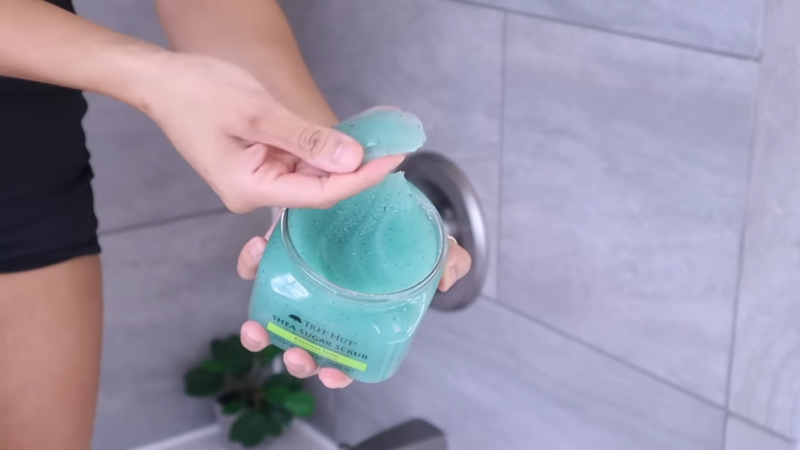
Physical exfoliation is a skincare technique that utilizes direct, mechanical actions to scrub and slough off dead skin cells from the skin’s surface.
This method employs the use of scrubs, which might contain small, gritty particles such as microbeads, sugar, or salt.
Brushes, which can range from soft, hand-held brushes to more sophisticated electronic devices designed to cleanse and exfoliate; or other abrasive materials like loofahs or exfoliating gloves.
The primary goal of physical exfoliation is to buff away the outermost layer of dead skin, revealing a fresher, more radiant one beneath.
Chemical Method
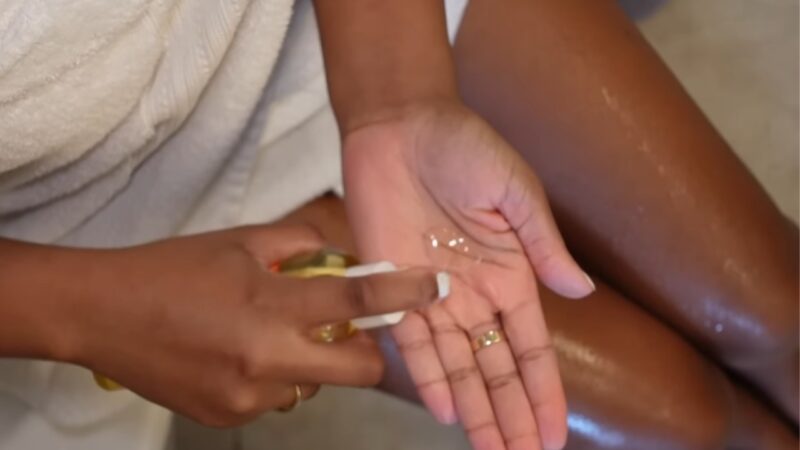
The chemical method of exfoliation employs the use of specific acids to facilitate the removal of dead cells from the surface of the skin without the need for physical scrubbing.
This approach involves the application of chemical agents such as Alpha Hydroxy Acids (AHAs), Beta Hydroxy Acids (BHAs), and Polyhydroxy Acids (PHAs).
| Acid Type | Solubility | Derived From | Best For |
|---|---|---|---|
| AHAs | Water-soluble | Fruits and milk | Improving texture, fine lines, pigmentation |
| BHAs | Oil-soluble | Salicylic acid | Acne-prone and oily skin |
| PHAs | Water-soluble | Vegetable oil, starch, and proteins | Sensitive skin, maintaining hydration |
Each of these acids operates differently but with a common goal: to dissolve and weaken the bonds that hold dead cells together on the outermost layer.
Innovations
Innovative methods, such as Geneo facials offer gentle and non-invasive exfoliation using natural ingredients and cater to a range of types and concerns.
These treatments adapt to the skin’s needs, providing customizable solutions that enhance skin health and appearance.
When seeking the best cosmetic skin treatments, it’s essential to prioritize techniques that promote both effectiveness and skin wellness.
Choosing the Right Exfoliation Method
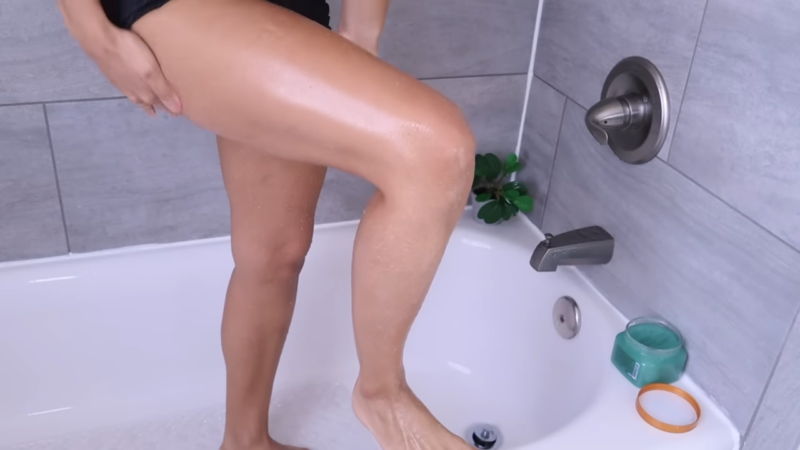
Selecting the ideal exfoliation method is an essential aspect of skincare, deeply influenced by one’s skin type and specific needs.
Different skin types react differently to exfoliation, and recognizing these differences can help avoid potential irritation while maximizing the benefits of this crucial skincare step.
| Type | Suggested Exfoliation Method | Frequency Recommendation |
|---|---|---|
| Dry | Hydrating exfoliants | Once a week or bi-weekly |
| Oily | BHA-based exfoliants | 2-3 times a week |
| Combination | Gentle enzymatic exfoliators or PHAs | Adjust based on area |
| Sensitive | Mild chemical exfoliants with soothing ingredients | Once weekly or less |
Best Practices for Exfoliating
To exfoliate effectively and safely at home, begin by choosing the right exfoliator for your skin type. Gentle exfoliators are universally recommended, with a preference for those with moisturizing properties to counteract any potential dryness.
Applying the exfoliator in gentle, circular motions and avoiding harsh scrubbing can prevent irritation.
The Importance of Hydration

Immediately after exfoliating, it’s crucial to hydrate and moisturize the skin. This step helps to soothe any potential irritation and replenish moisture that may have been stripped away.
Opt for a hydrating serum or lotion packed with ingredients like aloe vera, ceramides, or panthenol, which support skin barrier function and promote healing.
For a natural and nourishing option, consider incorporating Argan oil into your skincare routine. Argan oil is rich in antioxidants and essential fatty acids, making it ideal for moisturizing and rejuvenating the skin.
Follow up with a moisturizer suited to your skin type to lock in hydration and protect the skin from environmental stressors.
What are the Benefits?
Now that we’ve covered the basics, let us see what the benefits of this approach are:
| Benefit | Short Description |
|---|---|
| Removes Dead Cells | Enhances skin clarity and radiance by eliminating dull, dry skin and preventing clogged pores and breakouts. |
| Unclogs Pores | Keeps pores clear of dirt and oil, reducing pore blockages through regular, gentle exfoliation. |
| Prevents Breakouts | Clears away dead skin that traps oil and dirt, minimizing acne. Choose exfoliation methods suited to your skin. |
| Reduces Wrinkles and Fine Lines | Reveals youthful skin and minimizes wrinkles by removing dulling skin cells and unclogging pores. |
| Softens and Smoothens Skin | Leaves skin softer and smoother by shedding rough, dry skin cells. Gentle options are available for sensitive skin. |
How About Risks?
While exfoliation is beneficial, there is a fine line between effective exfoliation and over-exfoliation. Let’s check them out:
| Risk | Description | Consequences |
|---|---|---|
| Weakening of the Skin’s Protective Barrier | Stripping skin of natural oils needed for its protective layer. | Susceptibility to infections, environmental damage, aging, eczema, or rosacea. |
| Increased Sensitivity and Irritation | Burning, redness, or discomfort from product use. | Heightened sensitivity and irritation. |
| Redness and Inflammation | Excessive outer layer removal causing irritation. | Dehydration, tightness, irritated appearance. |
| Breakouts and Acne Flare-ups | Imbalance from over-exfoliation increases oil production. | Clogged pores, increased breakouts, exacerbated acne. |
| Premature Aging | Exposure to stressors from protective layer removal. | Increased signs of aging, like fine lines and wrinkles. |
Why Exfoliate?
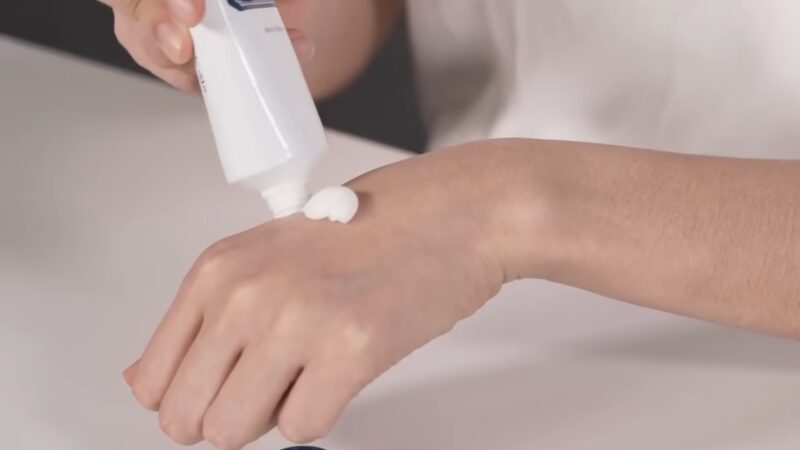
As you can see, exfoliating is an effective method, but it doesn’t come with some drawbacks.
With that in mind, weighing both sides of the coin will be of the utmost help with determining whether is it worthy to utilize it.
In our experience, conducting this method comes with an abundance of benefits, and that is why we believe people should do it regularly.